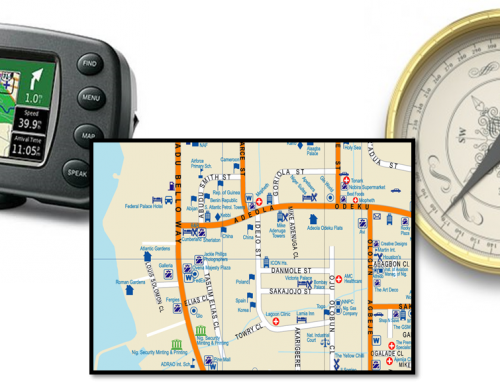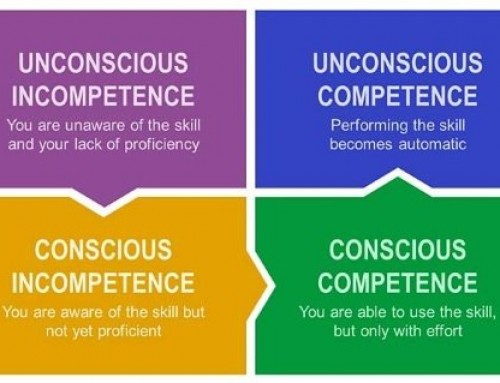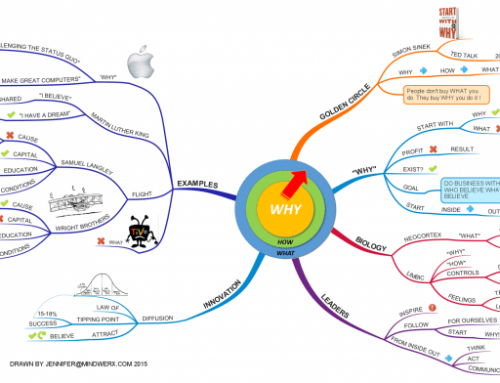by Henry Toi, Brain Capital Group, Singapore
Increased reading speed is perhaps the most easily attainable improvement in personal skills. However few are aware of their need to increase their reading speed. Most of us are currently reading at the same speed we did when we were 12 years old. In almost every other area of life we have made improvements and developed skills to match our output, except for one – our reading speed.
In a 1953 Harvard Business Review article on speed reading it was reported that the average American reads at about 250 words per minute. An academic article in the Training and Development Journal in 1972, cited the average reading speed of Americans at 250 words per minute. Current literature on reading speed estimates that the average reading speed globally is about 200 to 250 words per minute.
It is amazing that over the past 60 years, the world did not witness an increase in reading speed. Yet a 2003 study by the University of California, concluded that global information doubled every 3 years. No wonder we are suffering from information overload!
Technically we underestimate the power of word recognition. For example, you would probably be able to read a sentence such as “I cuold not beilvee taht I can raed tihs”. This is because our brains are wired to recognize whole words and not every letter of the word. This would only come when you, as a reader is familiar enough with the language, which is a fundamental requirement for speed reading. If you are just learning a new language, including those who are still in primary school, then speed reading is not advisable.
Once we understand that it is the ‘brain’ and not the eyes that is doing the reading, we can make use of the plasticity of the brain to start to train ourselves to read faster. Many speed reading courses are conducted over 15 to 25 hours. We have been able to achieve significant results within a 6-hour training session.
The psychological aspects of reading includes tightly held beliefs such as “if I read faster, I will lose comprehension”. Studies have proven that you can increase speed without losing comprehension. The Harvard Business Review reported that at Johnson & Johnson, a group of executives underwent speed reading training increased their speed from an average of 215 words a minute to 425 words a minute without loss of comprehension. These results are similar to the results of many groups who have taken speed reading training in Singapore.
As a result of improved efficiency and time savings, a reading program conducted by the University of Houston Reading Clinic at the Texas City plant of Monsanto Chemical Company was evaluated at an annual savings of over US$40,000. The increase in productivity was so evident that many well-known companies have been training their executives to read faster. Among these institutions are household names such as GE, IBM, Mutual Life Insurance, The Gulf Oil Company, and the White House.
An additional bonus for speed reading is its effect on lifting the individual’s moods, self-esteem, feelings of creativity, power and energy level. The research by Emily Pronin of Princeton University and Daniel Wegner of Harvard University was published in 2006, which concluded that increased speed of thought had a positive effect on the individual’s mood. This can be brought about by reading faster.
In conclusion, of all the personal skills that an executive need to bring to his work, the one which is most widely neglected and yet most readily and dramatically improved is speed reading.
If you have taken more than 2 minutes to read this, you need to increase your reading speed.
NOTE from Bill Jarrard
Henry Toi is a good friend of ours and after he attended one of our first Buzan Instructor courses here in Australia he returned to Singapore and with our support started Buzan Asia. He is an outstanding supporter of Tony Buzan’s work, as well other learning experts such as Art Costa (Habits of Mind).
Of note Henry is one of only three Buzan Master Trainers globally, along with our own Jennifer Goddard and Jorge Castaneda in Mexico. This article is republished with permission.







Leave A Comment
You must be logged in to post a comment.